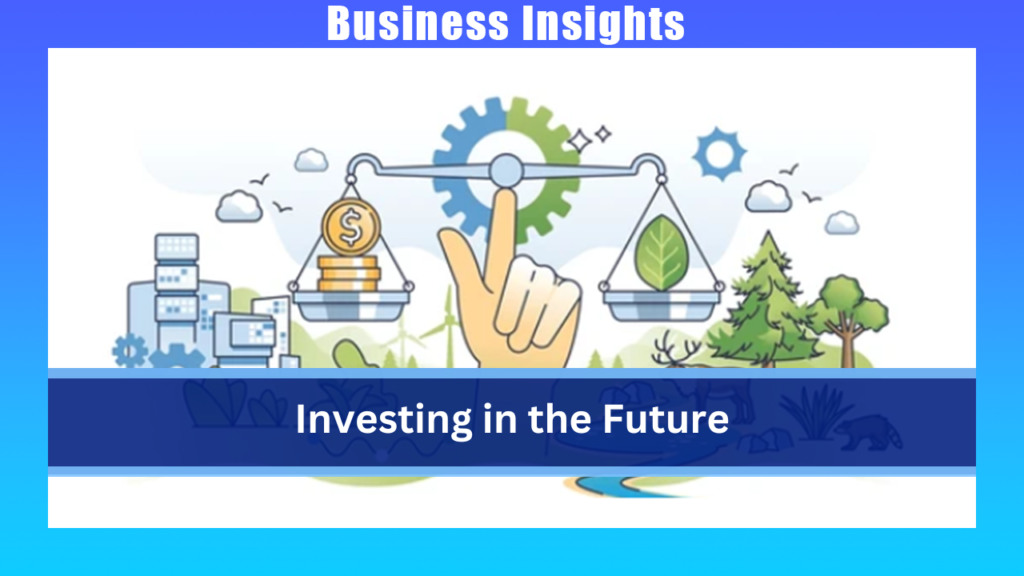
1. Overview of Ireland’s Food Industry
- Importance to Economy: Ireland’s food and beverage industry, including agriculture and agri-food processing, is a critical component of its economy, accounting for significant exports. Key products include dairy, beef, and processed foods.
- Emission Contribution: The food industry contributes indirectly to Ireland’s greenhouse gas (GHG) emissions through its reliance on agricultural inputs, particularly livestock farming for red meat production. It also generates emissions in food processing, packaging, and transportation.
2. Red Meat and Its Emission Impact
- Significance in Emissions: Red meat production, particularly beef and lamb, is a major contributor to methane (CH₄) emissions due to enteric fermentation in ruminant livestock. Nitrous oxide (N₂O) emissions also result from manure management and fertilizer use on pasturelands.
- Emission Statistics: Ireland’s livestock sector accounts for the largest share of agricultural emissions, with beef and dairy production contributing to 65% of agricultural methane emissions.
- Challenges in Reduction:
- Cultural Importance: Beef and lamb are traditional staples in Ireland, and the country is a major exporter of premium red meat.
- Market Dependency: High global demand for Irish beef, particularly in Europe and Asia, makes it challenging to reduce production without affecting the economy.
3. Efforts in Sustainability in the Food Industry
- Sustainable Beef and Lamb Assurance Scheme (SBLAS):
- A voluntary program encouraging farmers to adopt practices that minimize emissions while maintaining production standards.
- Includes measures like better grassland management, rotational grazing, and the use of low-emission animal feeds.
- Teagasc Marginal Abatement Cost Curve (MACC):
- Provides a framework for reducing emissions in agriculture, including those from livestock. Key measures include improved feed efficiency, slurry acidification, and breeding low-emission cattle.
4. Food Processing Sector: Emission Sources and Reductions
- Energy Use: Food processing facilities contribute to GHG emissions through energy-intensive operations such as refrigeration, drying, and cooking.
- Packaging and Waste: Emissions result from the production and disposal of packaging materials. Efforts to adopt circular economy principles are underway to reduce packaging waste.
- Emission Control Measures:
- Transitioning to renewable energy sources for processing plants.
- Adoption of energy-efficient technologies and waste heat recovery systems.
- Implementation of zero-waste policies in food production and packaging.
5. Compliance with EU and National Targets
- EU Green Deal and Farm to Fork Strategy:
- Ireland’s food industry is aligning with EU targets to reduce GHG emissions by 55% by 2030 under the Green Deal.
- The Farm to Fork Strategy focuses on creating sustainable food systems, cutting emissions, and reducing food waste.
- National Climate Action Plan:
- Sets sector-specific targets for emission reductions, including a 25% reduction for agriculture by 2030.
6. Innovations in Red Meat Production
- Feed Additives: Incorporating additives like seaweed extracts in cattle feed to suppress methane production.
- Precision Agriculture: Using advanced tools to optimize pasture management, ensuring efficient use of fertilizers and water.
- Alternative Protein Investments: Exploring plant-based and lab-grown meat as viable alternatives, reducing dependency on traditional red meat production.
7. Opportunities for the Food Industry
- Export Growth through Sustainability: By adopting carbon-neutral certifications and sustainable practices, Irish food products can appeal to environmentally conscious global consumers.
- Research and Development: Investment in sustainable farming and food processing technologies can reduce emissions while maintaining production levels.
- Circular Economy in Food Systems: Utilizing by-products (e.g., manure for bioenergy) and reducing food waste at production and consumption stages.
8. Challenges and Future Outlook
- Balancing Emission Reductions with Economic Goals: While reducing red meat emissions is critical for meeting climate goals, it poses challenges for Ireland’s export-driven food industry.
- Population and Demand Growth: A growing population increases food demand, intensifying pressure to cut per capita emissions in production and processing.
- Global Market Competition: Adopting sustainability practices while keeping Irish food exports competitive in global markets is a key challenge.


